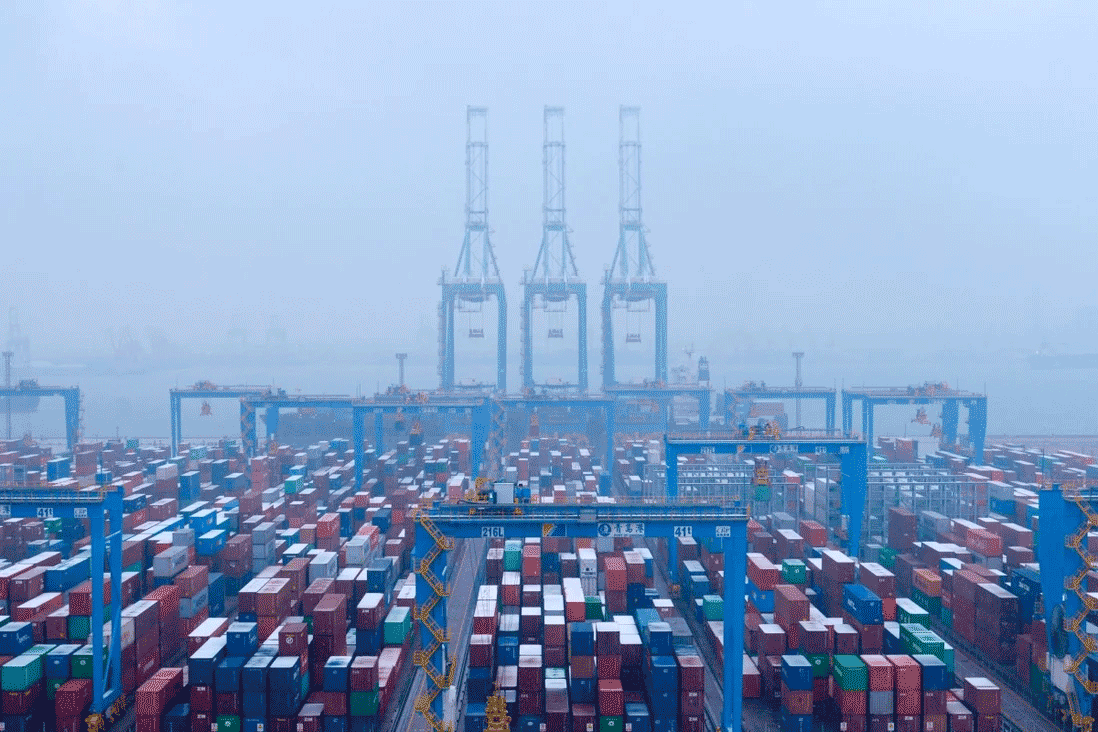- Shanghai Zhongshen International Trade Co., Ltd. - Two decades of trade agency expertise.
- Service Hotline: 139 1787 2118

Coal mine safetyEquipment ImportsAnalysis of Industry Status Quo
In 2025, global coal mine safety production standards are accelerating upgrades. As an energy powerhouse with annual coal production exceeding 4.5 billion tons, Chinas imported safety monitoring equipment market is projected to surpass $1.8 billion. With the latest Coal Mine Safety Regulations issued by the Emergency Management Department, mandatory certification scope has expanded for 8 types of equipment including underground gas detectors and emergency refuge systems, presenting three major challenges for independent enterprise imports:Product certification timeliness,Tariff policy alignmentandEmergency customs clearance capability.
Three major technical barriers in import customs clearance practice
- Certification system differences:
- Corresponding relationship between EU ATEX certification and domestic MA certification for explosion-proof ratings
- Differences in dust-proof standards for underground equipment under US MSHA certification
- Tariff classification disputes:
- Classification dispute of multifunctional safety monitoring equipment (9031 vs 8543)
- Compliance boundaries for disassembled equipment declaration
- Special logistics requirements:
- UN packaging certification for explosive-proof equipment transportation
- Lithium battery-powered equipmentAir TransportationLimit
Core value realization of professional agency services
In response to the requirements of General Administration of Customs Announcement No. 38 of 2025, premium agency service providers should possess a triple capability matrix:
- Pre-inspection verification system: Establish a rapid comparison mechanism containing certification databases from 37 countries
- Dynamic tariff engine: Real-time monitoring of tariff adjustment dynamics under 85 HS codes
- Emergency response mechanism: Complete technical trade measure response solutions within 48 hours
Case study: Customs clearance optimization for Australian imported respirators
A mining group imported 200 compressed oxygen self-rescuers in March 2025 and encountered customs random inspection. The agency company achieved:
- Retrieving original design drawings to verify the compression resistance coefficient of the breathing chamber
- Providing equivalence proof between Australian test reports and GB3845 standard
- Applying tariff reduction clauses under the free trade agreement
Ultimately reducing clearance time from estimated 28 days to 9 working days, saving 12.7% in comprehensive costs
2025 import strategy optimization recommendations
- Prioritize AEO advanced certified enterprises with coal mining equipment import cases
- Establish a mapping table between equipment parameters and customs declaration elements
- Adopt the pre-filing of technical documents + inspection upon arrival fast clearance mode
With the acceleration of coal mine intelligent transformation, imported safety equipment will show modular and system integration trends. The value of professional agency services lies not only in single transaction processing but also in building a continuously compliant import management system. It is recommended that enterprises engage in cooperation from the supplier qualification pre-review stage to maximize import benefits through full-process risk control.
Related Recommendations
? 2025. All Rights Reserved. Shanghai ICP No. 2023007705-2  PSB Record: Shanghai No.31011502009912
PSB Record: Shanghai No.31011502009912










